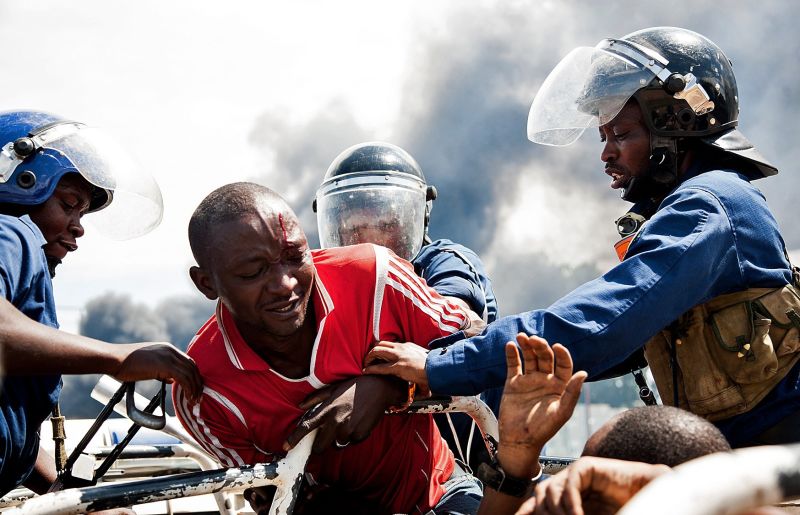Burundi’s Ongoing Unrest
The Political Climate
The unrest in Burundi presents a complex landscape of political and social issues. The intensity of the protests has escalated since President Pierre Nkurunziza announced his intention to run for a controversial third term in April 2015. This decision ignited widespread demonstrations, with many citizens expressing deep dissatisfaction.
Protests and Government Response
As unrest continues to unfold in Bujumbura, demonstrators have faced harsh retaliation from the security forces. The government’s repressive measures, including the use of tear gas and live ammunition, have heightened tensions considerably.
Key Events
- Demonstrations erupted in April 2015 against the potential third-term run by Nkurunziza.
- A failed coup attempt was reported in May 2015, increasing unrest.
- Numerous individuals, including political opposition leaders, have faced violence and intimidation.
Social Implications
The social fabric in Burundi has begun to strain under the pressure of ongoing political conflict. Families are affected both directly and indirectly by the violence, leading to an increasing number of displaced persons seeking refuge in neighboring countries.
Recent Developments
As of the most recent updates, the political situation remains volatile. International observers are concerned about the potential for further escalation in violence, highlighting the need for a peaceful resolution to ongoing tensions.



Looking Ahead
In conclusion, the ongoing unrest in Burundi illustrates the significant political challenges facing the nation. Stakeholders are urged to engage in dialogue to foster a peaceful resolution to the crisis.




